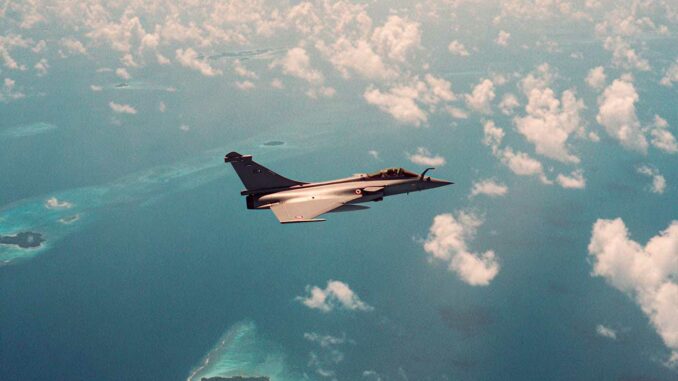
Indonesia is modernizing its military aviation with a diverse range of aircraft. The strategic will is strong, but is the strategy coherent?
The context of Indonesian modernization
The Indonesian Air Force (TNI-AU) is launching an ambitious modernization policy. It needs to renew a heterogeneous fleet composed of aircraft from various countries, including the United States, Russia, France, Turkey, and China. This diversity is partly the result of past embargoes and a desire to diversify suppliers to avoid dependence. Jakarta wants to both strengthen its capabilities and preserve its strategic autonomy. Since 2018, several major acquisitions have been agreed: 42 French Rafale aircraft for $8.1 billion, American F-15IDs, future Turkish KAAN jets, and even a possible acquisition of Chinese J-10s, while participating in South Korea’s KF-21 program. These choices reflect a desire to balance local industrial support, diplomatic relations, and operational urgency.
Recent acquisitions and their amounts
Since 2022, Indonesia has signed significant contracts:
- 42 Dassault Rafale aircraft for $8.1 billion, with deliveries expected as early as 2026.
- Possibility of purchasing Chinese J-10s due to their low cost, currently under consideration.
- American F-15IDs, around 24 aircraft, in a multi-billion dollar contract.
- Turkish KAAN program: 48 fifth-generation fighters, for around $10 billion, with delivery scheduled from 2028.
- Participation in the South Korean KF-21 program, with a downward revision of financial contributions: now around 600 billion won
Added to this are the general budgetary frameworks: the defense budget for 2024 has been increased by IDR 61.58 trillion, or nearly USD 4 billion, to enable these acquisitions.

The consistency—or lack thereof—of the fleet strategy
These agreements raise a major strategic question: how can the operational consistency of a fleet composed of Rafale, F-15, KAAN, and potentially J-10 aircraft, each with its own logistics, training, and maintenance standards, be ensured?
On the one hand, diversification reduces the political and security risk associated with a monopoly supplier. On the other hand, it increases the overall cost of training and maintenance, adds to the complexity of spare parts, and limits internal interoperability.
Jakarta thus seems to be adopting a pragmatic model: responding quickly to deterrence needs while preparing for the future through technology transfers, such as the local co-production of the KAAN. This last element is part of a strategy to increase internal industrial capacity.
Delivery schedule and implications
The schedule remains busy for the coming years:
- Rafale: first deliveries in 2026, with pilot training starting in August 2025.
- KAAN: deliveries scheduled to begin around 2028, with Turkish-Indonesian industrial partnerships.
- F-15ID: agreement in progress, but schedule not specified.
- KF-21: participation maintained, but with financial deadlines adapted to budgetary realities.
These deadlines show that the TNI-AU wants to combine rapid acquisition of capabilities (Rafale, F-15) with long-term development (KAAN, KF-21). The challenge is to synchronize these stages to avoid problematic periods of logistical overlap.
Impact in the Indo-Pacific region
Indonesia’s growing air power comes at a tense strategic moment:
- Its geographical position, particularly around the Natuna Islands, puts it on the front line of Chinese claims in the South China Sea.
- The strengthening of its arsenal with high-performance aircraft (Rafale, F-15) improves regional deterrence.
- Cooperation with France, through agreements signed during Macron’s visit, underscores Indonesia’s European ties while balancing its defense relations.
These developments offer Jakarta strategic flexibility, but also increased visibility on the Indo-Pacific stage.
Final thoughts: pragmatism or dispersion?
Indonesia is embarking on a visionary air force modernization program, but risks ineffective dispersion if planning remains fragmented. The country is combining pragmatic actions—rapid responses to threats—with a visionary stance—building a national industry through partnerships (KAAN, KF-21).
The question is no longer just what to do, but how to do it together in a coherent manner. Jakarta’s ability to integrate these different platforms into a strategic continuum will determine the success of modernization.
War Wings Daily is an independant magazine.